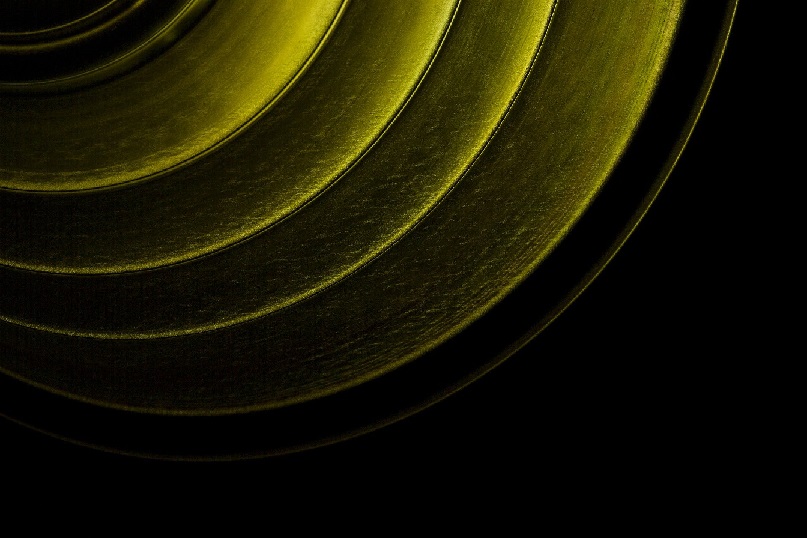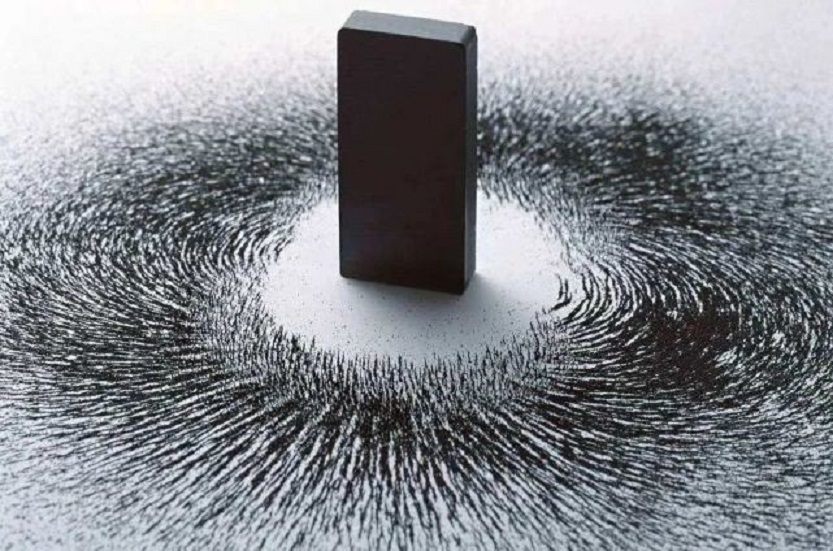Breakthrough in Sustainable Permanent Magnet!
As we all know, most permanent magnets are made of rare-earth metal alloys, but the mining and processing of these materials can produce toxic by-products, leading to ecological damage around rare-earth mines and refineries. Now, a group of scientists led by the University of Leeds has made breakthrough progress in finding a new sustainable permanent magnet, which may eventually replace rare earth permanent magnets.
 Breakthrough in Sustainable Permanent Magnet
Breakthrough in Sustainable Permanent Magnet
Researchers have developed a hybrid film from a thin layer of cobalt, which is naturally magnetic and coated with molecules of Buckminsterfullerene, a form of carbon. The presence of carbon dramatically increases the magnetic energy product (a measure of the magnet strength) of cobalt, by five times at low temperatures. The research results were published in the journal Physics Review B. The research team observed an increase in magnetic strength at minus 195 degrees Celsius. But the researchers hope that by chemically manipulating the carbon molecules, the same effect can be obtained at room temperature. Dr. Tim Mursom, the co-principal researcher from the School of Physics and Astronomy at the Leeds, said: "This is the first sign I have seen that rare-earth-free magnets can be compared with substances such as samarium cobalt, a rare-earth-based permanent magnet. Although this effect has only been seen at low temperatures so far, I hope that one day, hybrid magnetic materials like this will replace rare earth permanent magnets and help reduce the environmental damage they cause."
 Breakthrough in Sustainable Permanent Magnet
Breakthrough in Sustainable Permanent Magnet
Although the carbon is not magnetic, the way the molecules bond to the cobalt surface will cause a magnetic pinning effect that prevents the magnetism in the cobalt from changing direction, even in strong opposing magnetic fields. This surface interaction is key to the unusually high magnetic energy of the hybrid material. While hybrid magnets may take a long time to be ready for use in wind turbines or electric cars, other applications are closer at hand. Dr. Oscar Sespedes, a co-principal researcher also in Leeds, said: "Although the applications of bulk permanent magnetism at room temperature may still have a long way to go, the use of molecular coupling to adjust the magnetic properties of thin films, such as in magnetic memory, is an attractive prospect and within reach." Most hard permanent magnetic materials contain rare earth elements such as neodymium and samarium, but concerns about the environmental impact and supply stability of these materials are driving research on alternative materials. The new study proposes a mixed double layer of cobalt and nano-carbon molecule C60, which exhibits significant magnetic enhancement at the smallest magnetization. The study has shown that this anisotropic enhancement effect cannot be described by the existing molecular-metal magnetic interface model, and outlines a form of anisotropy caused by asymmetric magnetoelectric coupling at the metal-molecular interface. Since this phenomenon is caused by the π−d hybrid orbital, this effect is called π anisotropy. Although the critical temperature of this effect is currently limited by the degree of freedom of the selected molecule C60, the study describes how surface functionalization can design the room-temperature carbon-based hard magnetic thin film.
Conclusion
Thank you for reading our article and we hope it can help you to have a better understanding of the breakthrough in the sustainable permanent magnet. If you want to know more about permanent magnets, we would like to recommend you to visit Stanford Magnets for more information. Stanford Magnets is a leading magnet supplier across the world who has been involved in R&D, manufacturing, and sales of permanent magnets since the 1990s. It provides customers with high-quality rare earth permanent magnetic products such as neodymium magnets, and other non-rare earth permanent magnets at a very competitive price.














